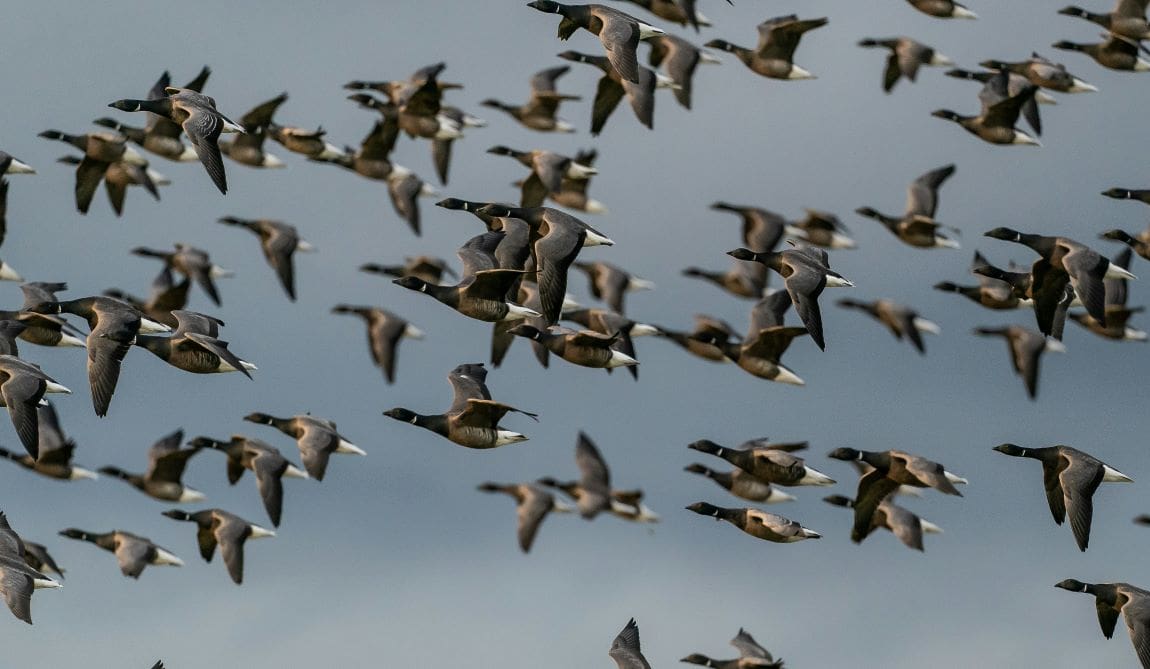Denmark’s Natura 2000 sites, which encompass some of the country’s most valuable wetlands and coastal areas, are home to large concentrations of waterfowl. DOF BirdLife believes that these areas should be off-limits to fireworks throughout the year to protect the wildlife that depends on them.
DOF BirdLife, which has long advocated for the well-being of bird species in Denmark, welcomed the new law limiting the use of fireworks to New Year’s Eve and New Year’s Day, starting this year. However, the organization believes the regulation should be stricter and calls for a year-round ban in areas where waterfowl gather.
Knud Flensted, a biologist with DOF BirdLife, explained the dangers that fireworks pose to bird populations: “In lowland areas and near shallow coastal zones with large flocks of birds, fireworks can lead to massive disturbances, which stress the birds. This often causes the birds to fly in panic. We have documented such disturbances in Roskilde Fjord and around the Maribo Lakes, where many Natura 2000 sites are located,” he said.
The use of fireworks has proven to have significant negative effects on wild birds, especially during the winter months when they need peace and quiet to survive.
Studies from both Denmark and abroad have shown that birds often react severely to disturbances like fireworks.
Flensted emphasized that the use of fireworks should be further regulated to protect these sensitive areas: “We believe that the regulations for fireworks use should be tightened, so that Natura 2000 sites are protected from fireworks all year-round.”
Local efforts on Nyord Island to protect birds
Among Denmark’s 250 Natura 2000 sites, which cover 3,820 square kilometers of land and 29,230 square kilometers of marine areas, some areas are particularly rich in birdlife. One such area is Nyord, an island located north of Møn, which is part of Natura 2000 site number 168. The island’s small community of 30 residents has taken matters into their own hands, instituting a complete ban on fireworks to safeguard the birds that reside there.
On Nyord, local residents are proactive in protecting their environment, posting signs in the days leading up to the New Year to remind visitors of the ban.
The island, which is home to 70 houses, boasts significant populations of waterfowl such as wigeons, teals, and geese, along with hunting white-tailed eagles and peregrine falcons. The quiet, bird-rich terrain remains free from the disturbances of fireworks, ensuring that the birds can safely spend the New Year without harm.
In the current mild winter, many of these waterfowl species have chosen to stay in Danish coastal areas rather than migrating south. This makes them even more vulnerable to fireworks disturbances, especially in areas like Nyord, where the birds rest and forage.
Article Source:
Press Release/Material by Jan Skriver | DOF BirdLife
Featured image credit: Bob Brewer | Unsplash




